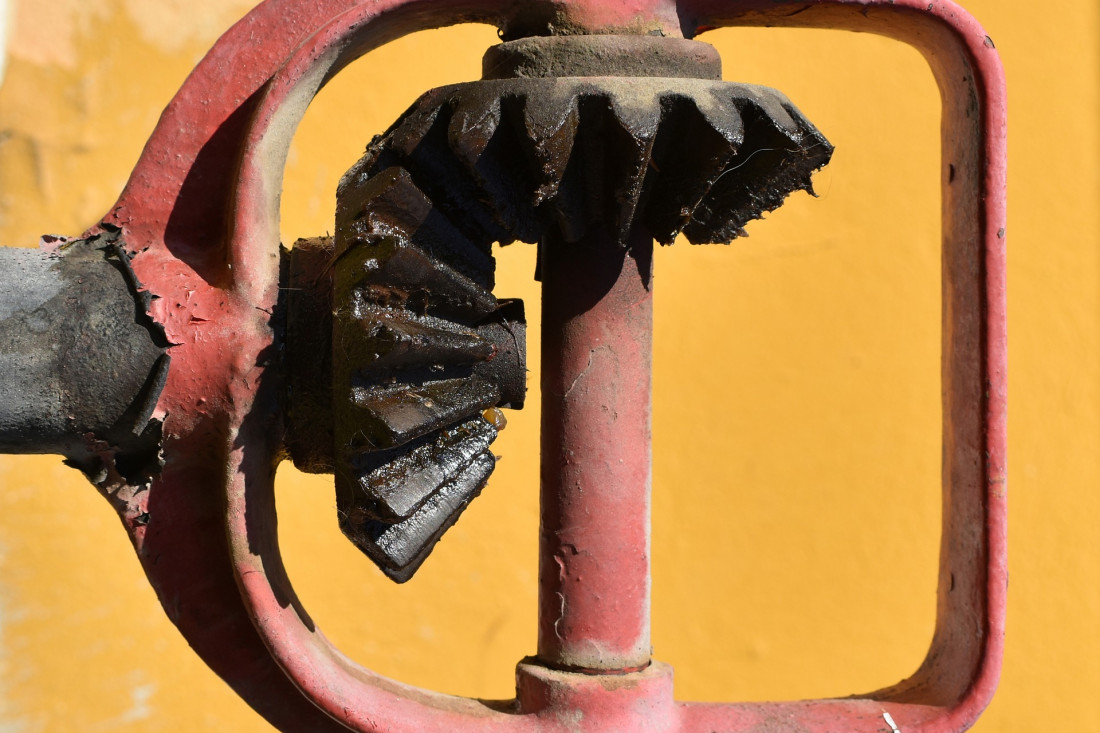Most people go about their daily lives without ever appreciating the importance of lubricant. Where ever there are moving parts greasy and oily coatings are needed to help improve machine efficiency and prolong equipment life. Without a decent lubricant the gears of industry would come to a grinding halt…literally.
This situation has made the search for top quality, long-lasting lubricants a matter of high economic importance.
One of the biggest challenges in sourcing lubricants is finding one that does not foam excessively. Oils that create large numbers of tiny bubbles do not work as effectively, as the bubbles limit viscosity.
But now, researchers from Stanford University in California have made a significant step forward in improving our understanding of how lubricants foam, opening the way for the development of better-quality lubricants that create fewer bubbles.
The breakthrough was made by Vineeth Chandran Suja, a graduate student, led by Gerald Fuller, a professor of chemical engineering, and came via their decision to use a novel technique to analyse the colourful patterns on the surface of individual bubbles in oil.
The technique employed was originally developed to study the liquid layer that lubricates the exterior of the human eye, but by adapting the technology for use in industrial lubricants the team have potentially opened-up a branch of research with a far larger impact on human development.
Previous studies on foaming oils had typically focused on the bubbles formed in the aggregate, but by using the latest visual aid Suja and Fuller were able to zoom in on the iridescent surface of tiny bubbles in oil. In doing so, they saw that the colour of the bubbles was linked to the thickness of the bubble wall. Brighter, more vibrant colours indicate a thicker wall, and therefore a stronger, longer lasting bubble, which in turn leads to a foamier, less-effective oil.
Darker colours were evidence of thinner walls from bubbles that would burst more easily and were found in longer lasting oils which would provide better lubrication.
But most significantly, the researchers were able to see how the persistent bubbles kept such thick walls: The answer, they found, was through evaporation.
As the online scientific journal, Phys.org notes, “[The researchers] observed that evaporation at the top of each bubble caused its surface tension to change, drawing extra oil toward the top. This additional oil made the bubble wall thicker and stronger, and prevented it from bursting. They captured video of the bubbles pulsating as tears of oil pooled at the top, then rolled down the exterior wall of the bubble only to get wicked up to the top again by evaporation. As the cycle continued, these persistent, thick-walled bubbles tended to become undesirable foams.”
You can watch a video of this evaporation process on this YouTube clip.
This was a big surprise for the researchers. As Fuller recalls, “Learning that this whole process is driven by evaporation was a bit of an unexpected result.”
The team have now published their results in the journal, Proceedings of the National Academy of Sciences, where they announce that, “Using a newly developed experimental technique, we show that the stability of lubricant foams can be evaluated at the level of single bubbles. The results obtained with this single-bubble technique indicate that solutocapillary flows are central to lubricant foam stabilization … an unexpected result given the low volatility of nonaqueous liquids.”
Significantly, they also learnt that foaming occurs more easily in blended, multi-grade oils. As Fuller adds, “It turns out, if you want to reduce foaming, you want to use high-purity, single-grade oils.”
Moving forward with this new found understanding of oils foam, the team are now examining ways to further improve their knowledge of how lubricants work. As the Stanford University website notes, the researchers now plan, “… to formalize their understanding of bubble formation, evaporation and foaming with mathematical models that will allow them to simulate how pure or blended oils are likely to perform in real life.”
Once this has been completed, it will enable them (or other research teams) to tackle the hunt for new oils and lubricants that avoid the dynamics of foaming. The team’s second goal is to look for additives that prevent foaming or chemicals that can better disperse foaming once it has occurred.
While there is evidently plenty of work ahead of them, a new method of analysing the bubbles in oils will likely lead to improved lubricant products. Given the importance of keeping the wheels of industry turning, then many lubricant manufacturers and suppliers will welcome this discovery as it lights the way to a longer lasting lube.
You can read more insights into the chemical industry and chemical industry markets at the SPOTCHEMI blog page.

